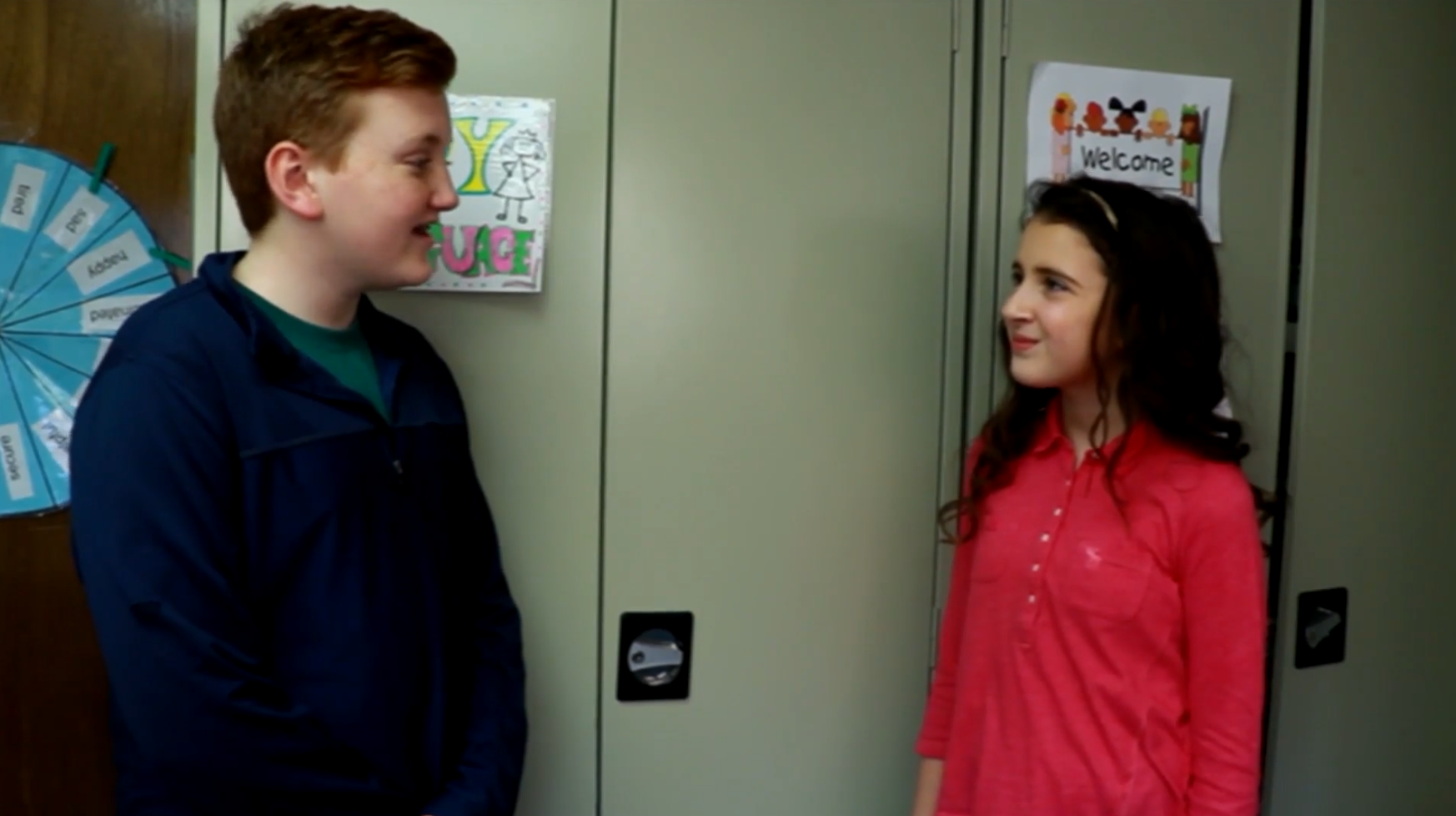
Introduction
As an educator, you play a crucial role in helping students develop essential social-emotional skills. One such skill is the art of greeting others. When students learn how to greet others properly, they build positive relationships and foster a sense of belonging. In this blog post, we will discuss an engaging no-prep activity and thought-provoking discussion questions to assist you in teaching this important skill.
No-Prep Activity: The Greeting Chain
For this activity, you won’t need any materials or prior preparation. The Greeting Chain is a simple yet effective way to teach students the elements of a proper greeting. Here’s how it works:
- Ask students to form a circle and stand at an arm’s length from each other.
- Explain to the students that they will practice greeting each other by turning their bodies towards the person they are greeting, making eye contact, smiling, and saying “hi.”
- Select one student to start the activity. This student will turn to the person on their right, make eye contact, smile, and say “hi.”
- The person who was greeted will then turn to the person on their right and repeat the steps, continuing the chain until every student has greeted and been greeted.
- Once the chain is complete, ask the students to switch directions and greet the person on their left, practicing the skill with different peers.
This activity not only helps students learn the components of a proper greeting but also encourages them to practice the skill in a safe and supportive environment.
Discussion Questions
After completing the Greeting Chain activity, facilitate a group discussion to deepen students’ understanding of the importance of greeting others. Here are some questions to guide the conversation:
- Why is it important to greet others when we see them?
- How do you feel when someone greets you with a smile and eye contact? How do you feel when someone ignores you?
- Can you think of a time when you greeted someone and it helped you make a new friend or strengthen an existing relationship? Share your story with the group.
- Do you think there are any cultural differences in the way people greet each other? How can we be respectful of these differences?
Related Skills
Beyond greeting others, there are many other social-emotional skills that contribute to students’ overall development and well-being. Some of these related skills include:
- Active listening: Paying full attention to the speaker, making eye contact, and providing verbal or non-verbal feedback.
- Empathy: Understanding and sharing the feelings of others.
- Conflict resolution: Addressing disagreements in a calm and respectful manner.
- Assertive communication: Expressing one’s thoughts and feelings in a respectful and confident manner.
Next Steps
To further support your students’ social-emotional learning journey, we invite you to sign up for free samples of our skill-based materials at Everyday Speech. You’ll find a wealth of resources designed to help students learn and practice essential social-emotional skills, including greeting others and many more.

